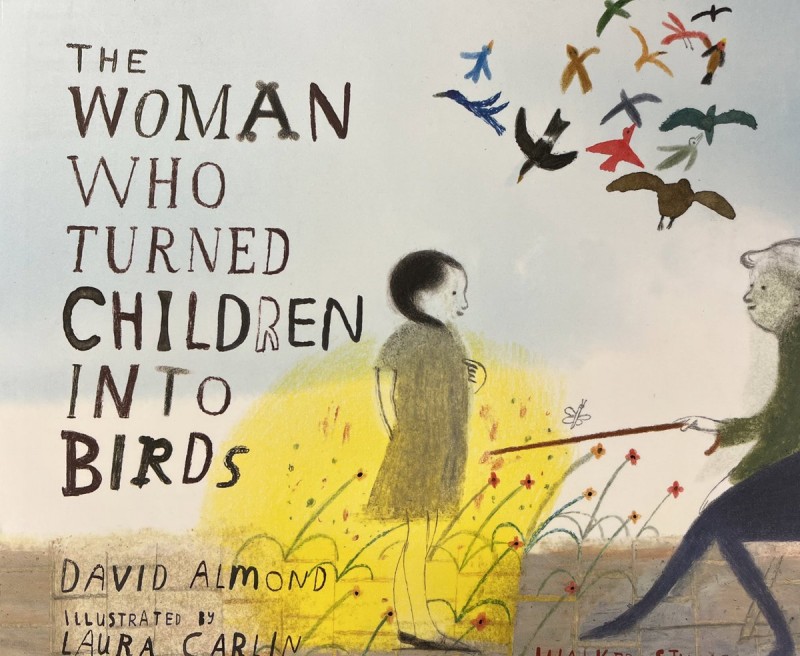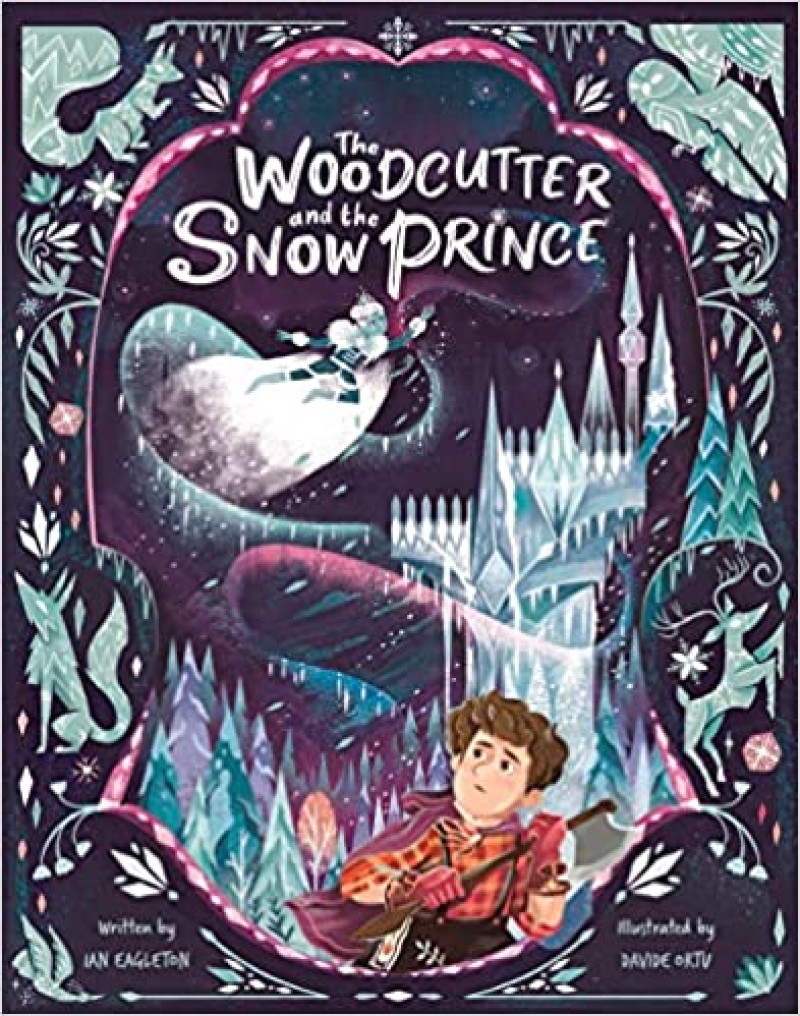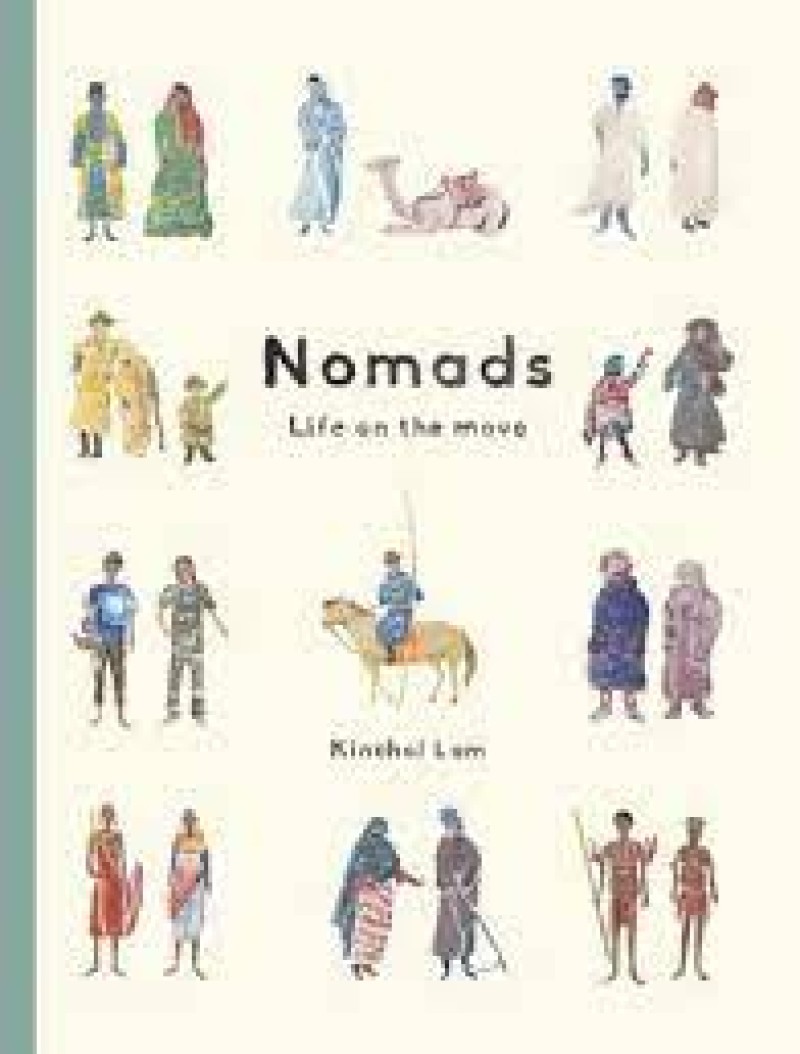Posted on: 31/10/2022
It’s been quite the year, 2022, with so many global events: multiple political changes; changes within the British monarchy; a global recession; war in Ukraine: the worsening climate crisis. These are difficult times for so many and the uncertainty of the world in which we live can leave us feeling isolated, fearful and unanchored. We might feel wary of that which we have no experience or understanding of or we might have already made up our minds that something or someone isn’t ‘for’ us. And the same is true for children, which is why we need to help them to develop the skills to cope with change; to approach life with an open-mind and to deal with big feelings such as those of isolation, fear and not feeling anchored. As always, quality children’s literature is the perfect vehicle to support this: a good book can be a window into another world; can show children what is, or might be possible; can ignite a curiosity to discover the world beyond their own experience. But books can also help children feel less alone. Ever read something where you genuinely feel bereft when you reached the end? Ever stayed up far too late because you couldn't stop reading a book, even if you knew you’d feel almost a sense of grief when you closed it for the final time? Well, we want children to find their reading niche and engage with literature in this way. And we want children to be able to cope with change or feelings of isolation and loneliness too, whilst still being outward-looking and curious about the world.
The Woman who Turned Children into Birds written by David Almond and illustrated by Laura Carlin (Walker Studio, 6th October 2022)
What goes up, must come down as the saying goes (and gravity dictates!) and that’s really what this whimsical new offering from David Almond and Laura Carlin is all about. But as adults do we stop to wonder, to believe, in extraordinary situations and the change that they can bring about? In this modern fable, if it can be called such, the suspicions of the townsfolk are raised when the curious Nanty Solo arrives, boldly claiming that she can turn children into birds. Of course, she is vilified by the non-believing, fearful adults and the children are forbidden from going anywhere near the women. But of course, there’s always one child who doesn’t listen and, even though little Dorothy knows that she perhaps shouldn’t do as the stranger asks, she experiences the irresistible magnetism of possibility. And suddenly, Dorothy is swooping into the sky in the form of a swallow. Having returned to earth in girl-form once more, she whispers to the others that Nanty Solo’s claim is true: she can turn children into birds. Child after child come to have a turn, even Susan M’Beppe at just aged 4! Even she is brave enough. But will the adults, resistant to change and oh so set in their ways, be brave enough? Such a gorgeous book with a timeless quality to it in the soft illustrations and the strings of archaic synonyms for ‘rubbish’ … bunkum? We don't think so! A lovely book to have for children in Lower Key Stage 2 in particular, but would also make the perfect discussion stimulus for a school assembly.


The Woodcutter and the Snow Prince written by Ian Eagleton and illustrated by Davide Ortu (Owlet Press, 3rd November 2022)
We were hugely fortunate to be sent a review copy of this ahead of its publication date and oh! It’s a glorious story of hope and love. Kai is utterly alone. A woodcutter, he lives in the forest and, in the hope that someone might pass by, he carves wooden statues on Christmas Eve. But everything changes one Christmas Eve, when the Snow Prince – the same fabled Snow Prince from the story of warning his grandmother used to tell – appears. At first fearful, Kai looks into the Snow Prince’s eyes and sees ‘a flicker of adventure and possibility’. And in much the same way that the children in The Woman who Turned Children into Birds do, Kai realises that maybe an adult’s perception isn’t the only way to think. Taking each other’s hands, the pair set off on the most magical and romantic of adventures where ‘they talked and laughed under a tapestry of stories, while the Northern Lights danced above them.’ But this is only the beginning, not the end, for come sunrise, Kai finds himself back in his cottage, the Snow Prince nowhere to be seen. Winter ends as it began for Kai: filled with loneliness. Then, unable to wait any longer, Kai summons every ounce of courage and through the spring, the summer and into the autumn, searches for the Prince. Winter arrives once again and – rather auspiciously – Kai arrives at the Snow Prince’s palace on Christmas Eve. But can he hold onto the Prince this time? Or will midnight see them parted once more? Utterly beautiful, and a gift of a picture book, Eagleton and Ortu have woven a golden thread of hope through the pages. Perfect for children in Key stage 1 and Lower Key Stage 2.
Tyger written by S.F Said and illustrated by Dave McKean (David Fickling Books, 6th October 2022)
Extraordinary and intriguing, this dystopian novel set in a fictional London, with breath-taking illustrations by Dave McKean, is about not only change but standing up to those who foist unwarranted and unwanted change upon others or prohibit change for the better. 21st Century London is the capital of the Empire: and the rest of the world falls under its rule. But just because you might reside in London, this does not guarantee your acceptance or a feeling of belonging. Forced into Ghetto life, Adam Alhambra faces prejudice every day from the soldiers at checkpoints and the constant feeling that he doesn't belong. Yet, Adam has only ever lived in London and when we first meet him, there is a sense of weariness when the checkpoint soldier asks Adam for his full name on this particular day, and Adam is met with ‘Yes, but where are you really from?’… Across the border, permitted as he is into the relative freedom of Tottenham Court Road, Adam knows he must keep his head down for he is never really free. But then he is mugged. Breaking free, he runs, his assailant hot on his heels. Seeking refuge in the darkness of an abandoned building, Adam realises that he’s cornered; trapped and the man has a knife! But then there’s an almighty roar and, the man frightened off, Adam realises that, within the oppressive regime, in a world where he never feels accepted or particularly safe, there might be a glimmer of hope and light. In fact, not just a mere glimmer but a burning bright… a Tyger. But the hunter has become the hunted: can Adam and his friend Zadie save Tyger?
Said braves the conversations that we need to be having with our children and young people; that awareness that we need to support the development of in children that we all must fight for change. This is a novel that’s full of tenderness, heart and a shining beacon of what young people can achieve with courage and a hunger for change. Perfect for children in Year 5 and 6.


Nomads: Life on the Move by Kinchoi Lam (Cicada, 20th October 2022)
This exquisite book – perfect for a coffee-table, we feel – is extraordinarily rich in both illustration and detail. A journey through the Sahara was the inspiration for Lam to write this, having encountered so many groups of nomadic herders. And so we are given a fascinating glimpse into how some nomadic groups live and – crucially – the history of each group’s existence. Using a stunning combination of full-page spreads to provide a lens on the geographical detail and pages with individual artefacts, gives this a similar feel to William Grill’s ‘Shackleton’. The constant change that is living a nomadic life (or semi-nomadic as in the Yanomami one of the last remaining American Indian tribes of the Amazon rainforest) isn’t perceived as being unsettling. Quite the opposite: ‘Community and religion often play a big role in their lives, providing structures made not of solid walls but of tradition, respect and spirituality.’ So, what may be perceived by physically settled peoples as an unsettled, unanchored lifestyle, can be quite the opposite. As well as taking the reader on a global sojourn, Lam portrays groups of nomadic peoples in such a positive light, we feel, and is very honest about the prejudice that is often faced. The exploration of The Roma community is particularly important, not least because as a group, they are the most disadvantaged ethnic minority in Europe: ‘stigmas around the Romani lifestyle have led to open discrimination by settled peoples and their governments (prejudice against Romani people is called ‘antiziganism’)’. An important and visually stunning book that would be perfect for any year group in Key Stage 2 and would also make an excellent gift.
Posted in: Literature Review